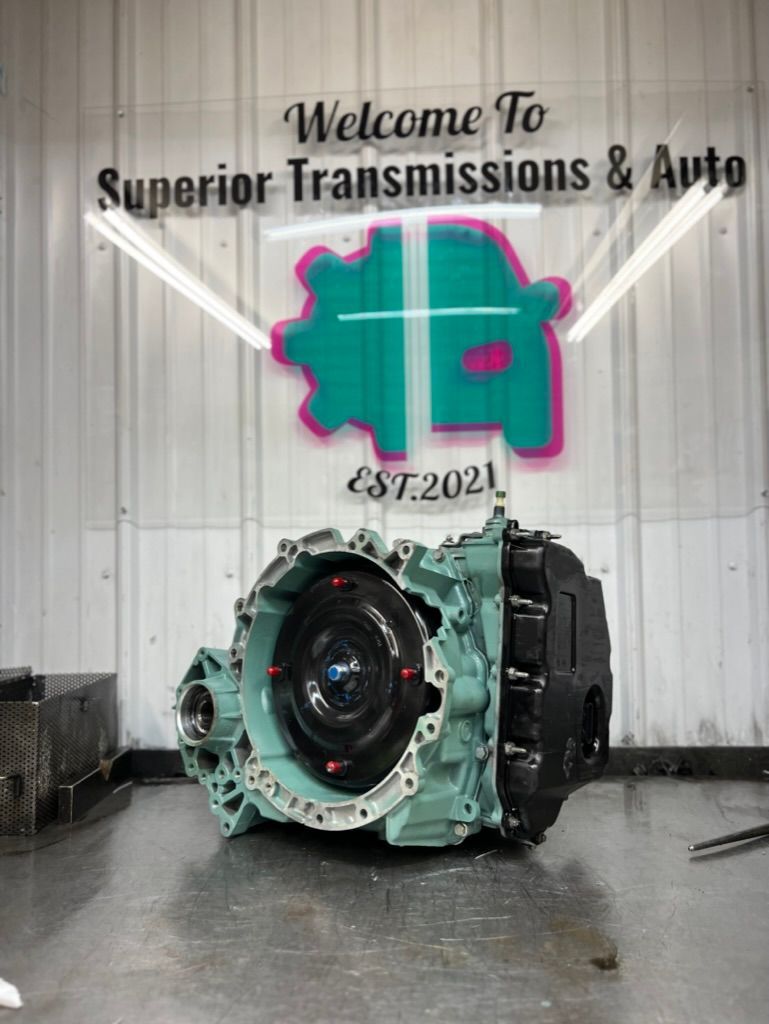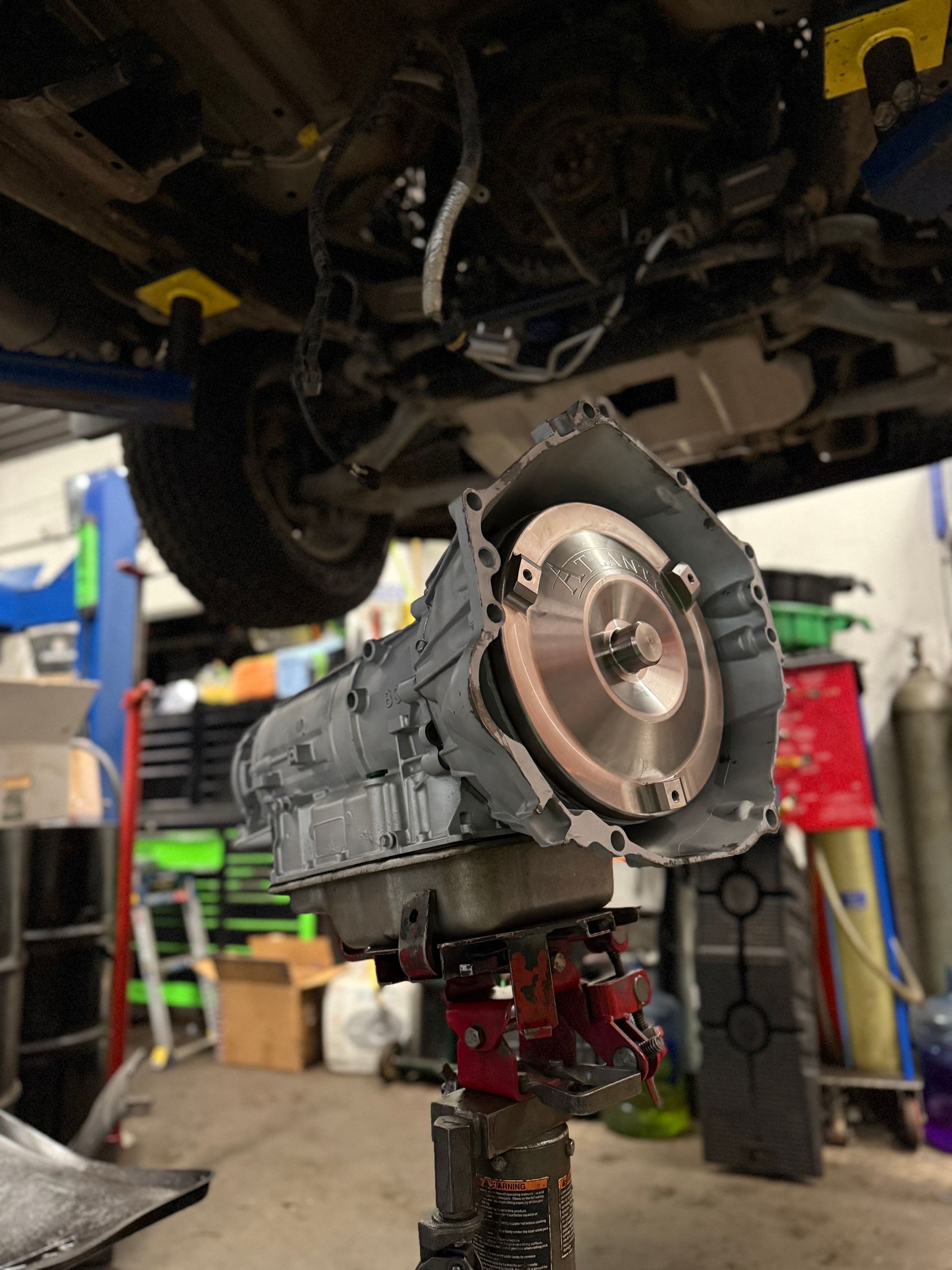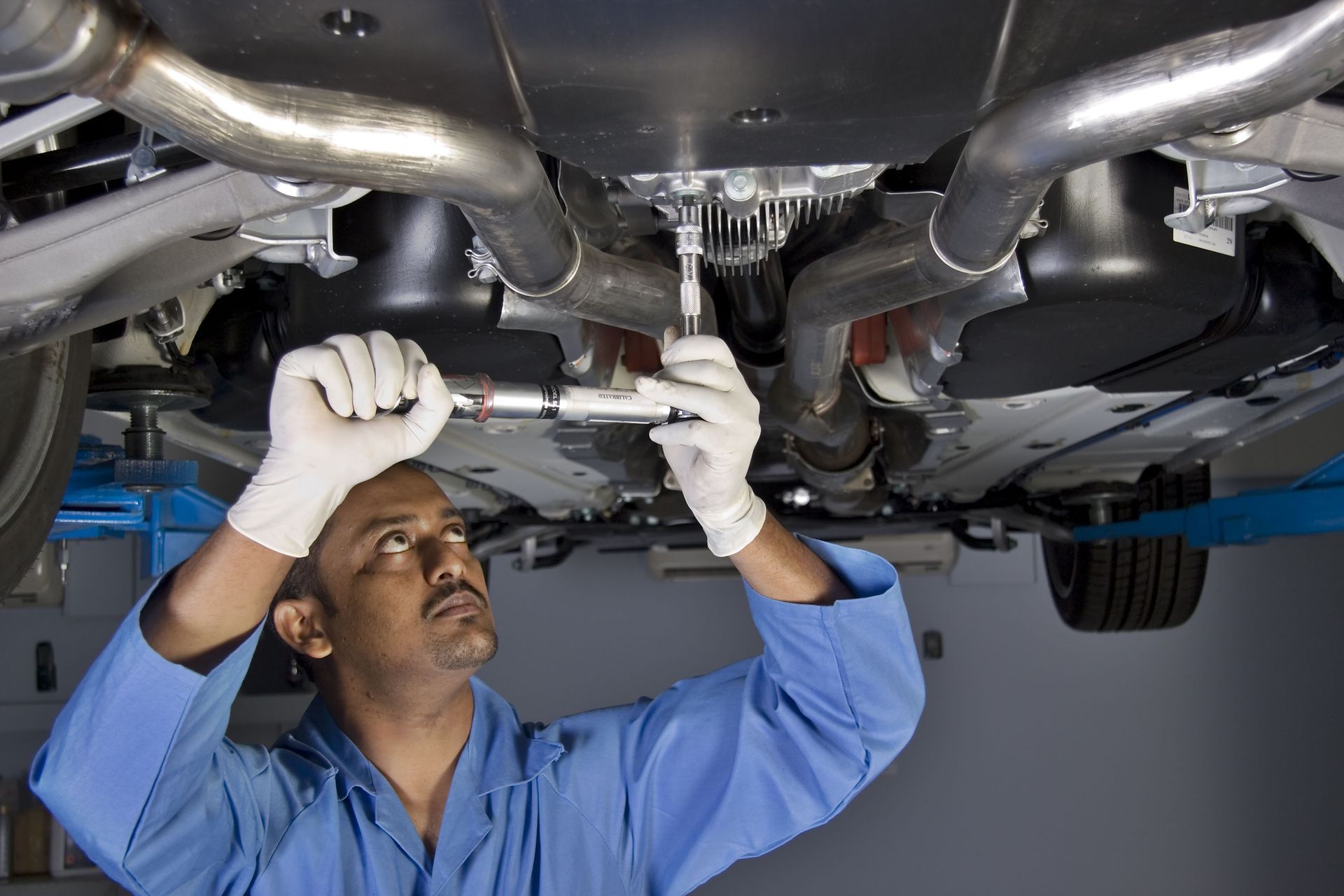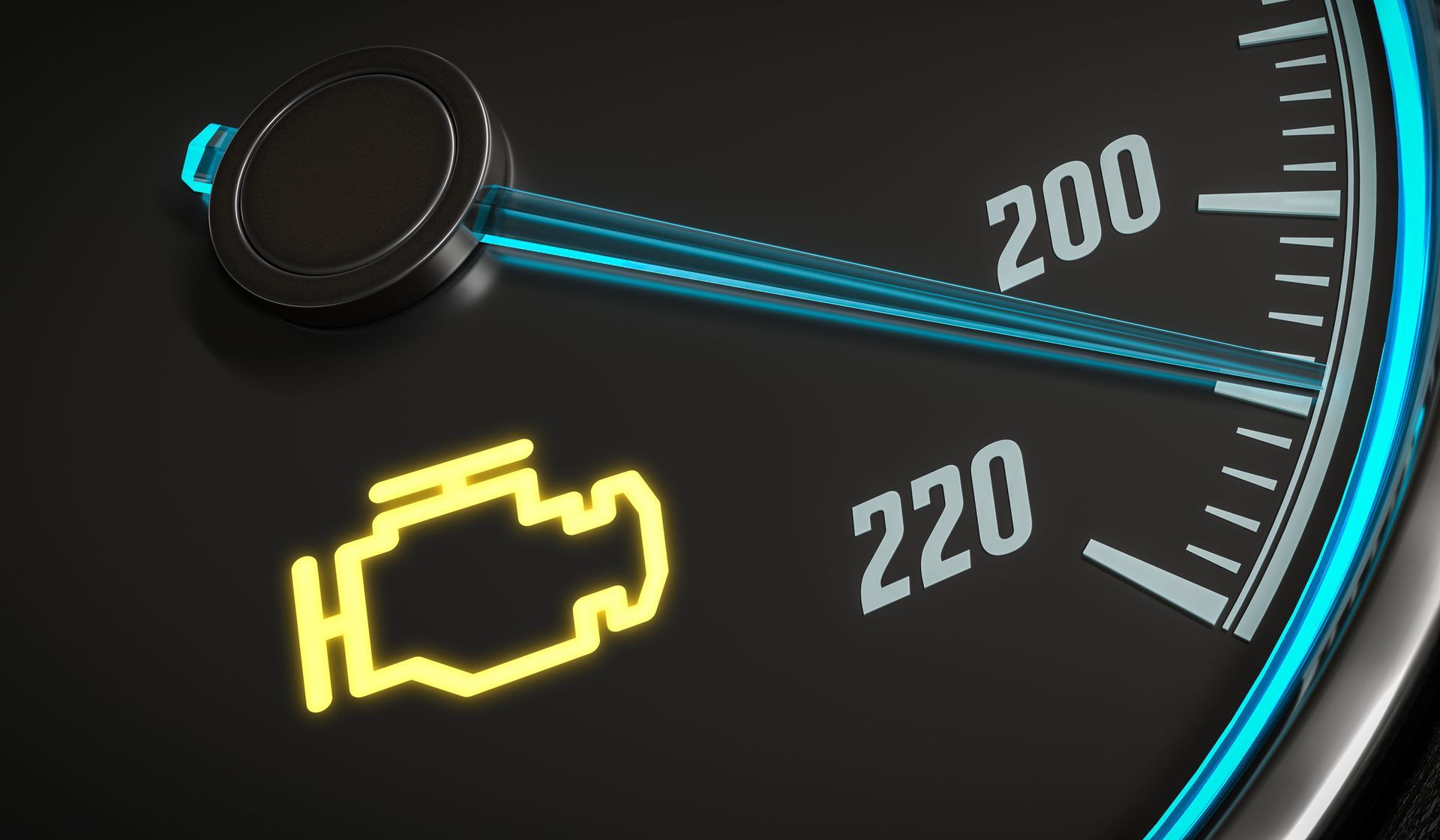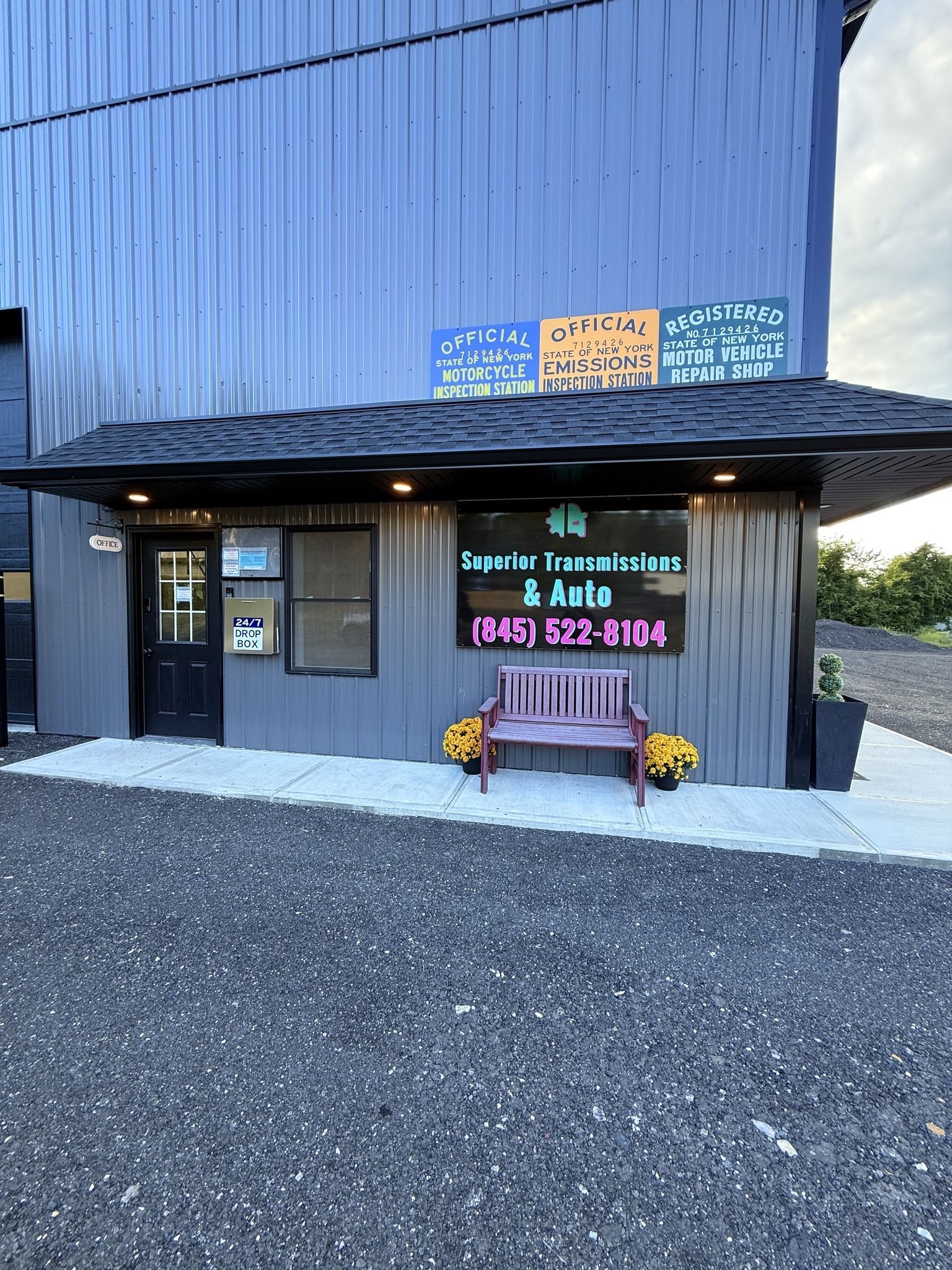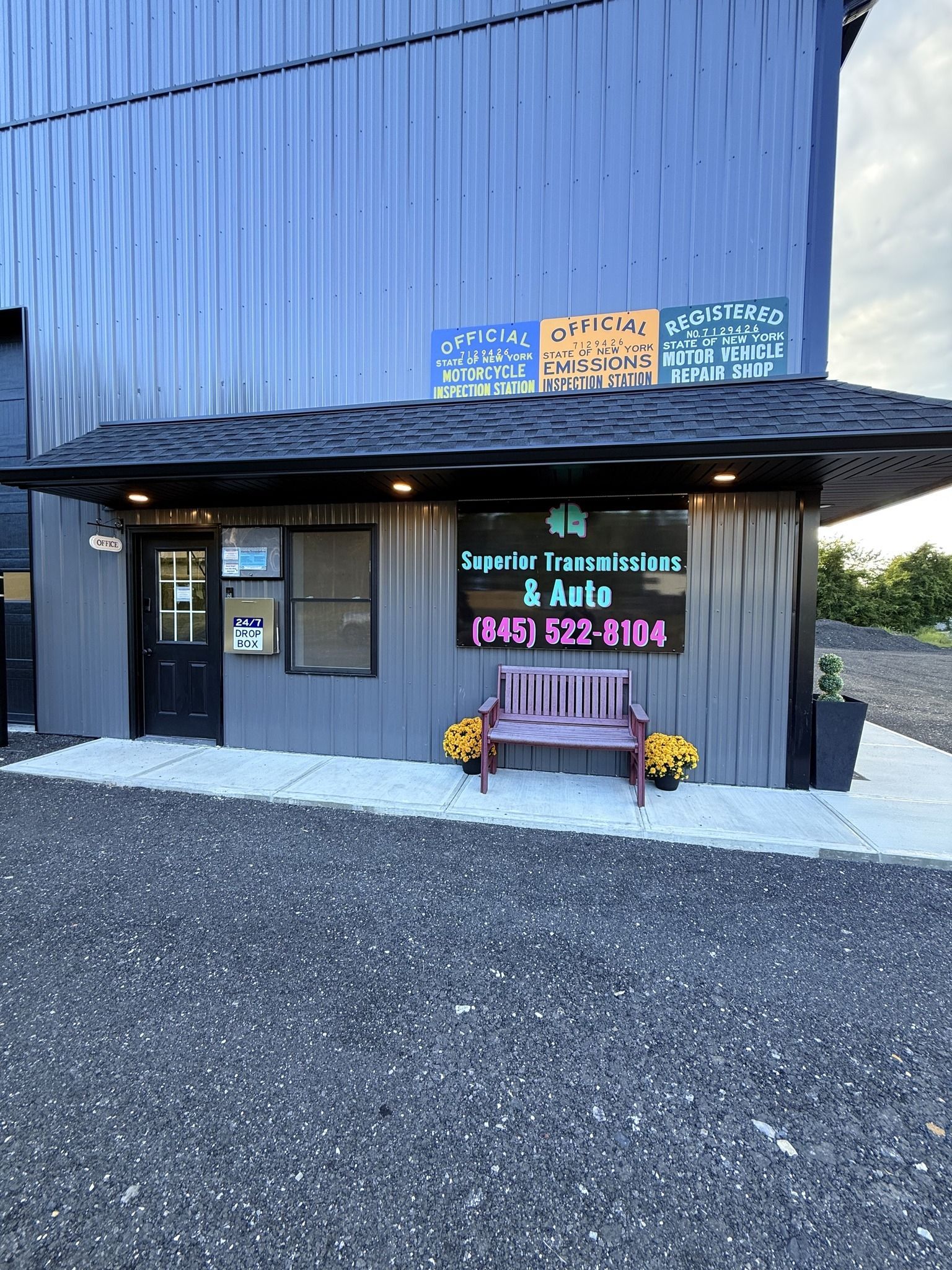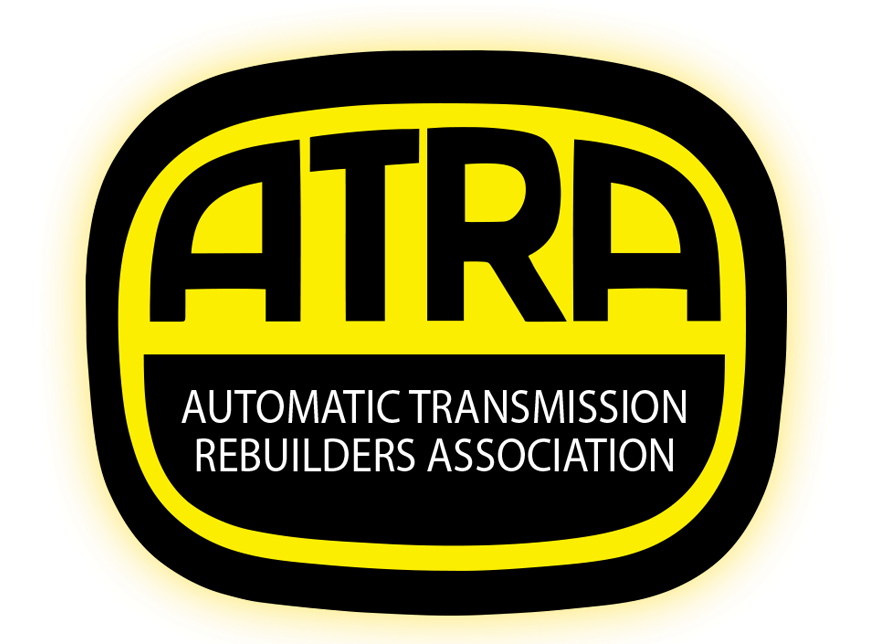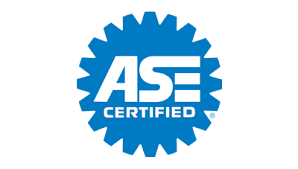Blog
Superior Transmissions & Auto
Blog | Superior Transmissions & Auto

July 15, 2025
What’s Really Going On If you own a Ford Focus—especially a model from 2012 to 2018—you’ve probably heard the words “transmission issue” more times than you’d like. The heart of most complaints? The DTC, or Dual-Clutch Transmission. At Superior Transmissions & Auto, we see these often and know exactly what makes them tick—and what makes them fail. What is a DTC Transmission, Anyway? DTC stands for Dual-Clutch Transmission. Think of it as a hybrid between a manual and an automatic transmission. It has two clutches—one for odd gears and one for even gears—allowing for faster, smoother gear shifts (in theory). It’s designed for fuel efficiency and performance, but in real-world driving, it often feels anything but smooth. Unlike a traditional automatic that uses a torque converter, the DTC in the Ford Focus behaves more like a computer-controlled manual transmission. It can feel jerky at low speeds, hesitate when shifting, or seem like it’s slipping—especially in stop-and-go traffic. Why the Ford Focus DTC is So Problematic The biggest issues with these transmissions usually boil down to the clutch system and internal actuators. In many cases, the vehicle will: Shudder on acceleration Struggle to find or hold a gear Flash the "Transmission Hot" warning Show DTC codes (diagnostic trouble codes) for clutch actuator failure or internal gear ratio errors Ford has acknowledged many of these problems through service bulletins and extended warranties—but even those come with limits. How We Handle Ford DTC Transmissions At Superior Transmissions & Auto, we don’t just throw parts at these issues. We diagnose them thoroughly to pinpoint exactly what’s going on. Often, the root cause is worn or contaminated clutch packs, failed shift actuators, or broken internal components in the TCM (Transmission Control Module). Here’s how we handle DTC repairs: 1. Complete Diagnostic Scan We start with a full scan of the transmission’s computer to identify stored trouble codes. This gives us insight into clutch position, actuator performance, and gear engagement. 2. Clutch Replacement The most common repair is replacing the dual-clutch assembly. These clutches wear prematurely, especially in traffic-heavy areas. We use upgraded parts and take the time to properly recalibrate everything during reinstallation. 3. Actuator & TCM Checks We test the transmission’s shift actuators and often recommend replacement if there are engagement issues or hesitation. In some cases, the TCM may also need programming or replacement. 4. Adaptive Relearn & Road Testing Once the repair is complete, we perform an adaptive relearn procedure and extensive road testing to ensure the transmission shifts correctly under all driving conditions. A Different Drive—And a Different Kind of Fix Driving a DTC-equipped Focus isn’t like driving a standard automatic—and that’s part of the confusion for many drivers. It’s normal for the car to feel a little “clunky” at low speeds. But grinding, slipping, or delayed shifts? Those are not normal. If you’re dealing with a misbehaving Focus transmission, don’t just live with it. And don’t let someone tell you “it’s just how they drive.” We’ve rebuilt countless DTCs, replaced dozens of clutches, and know these systems inside and out. Bring It to the Experts Not every shop will work on DTCs—some won’t touch them at all. At Superior Transmissions & Auto, we specialize in them. Whether you need a diagnostic, a clutch replacement, or a complete rebuild, we’ve got the tools, training, and experience to get your Focus back on the road—the right way. �55357;�56525; Located in New Windsor, NY �55357;�56507; Schedule your appointment right on our website! �55357;�56615; Trust the shop that knows transmissions inside and out. Superior Transmissions & Auto Bringing transparency—and performance—back to auto repair.
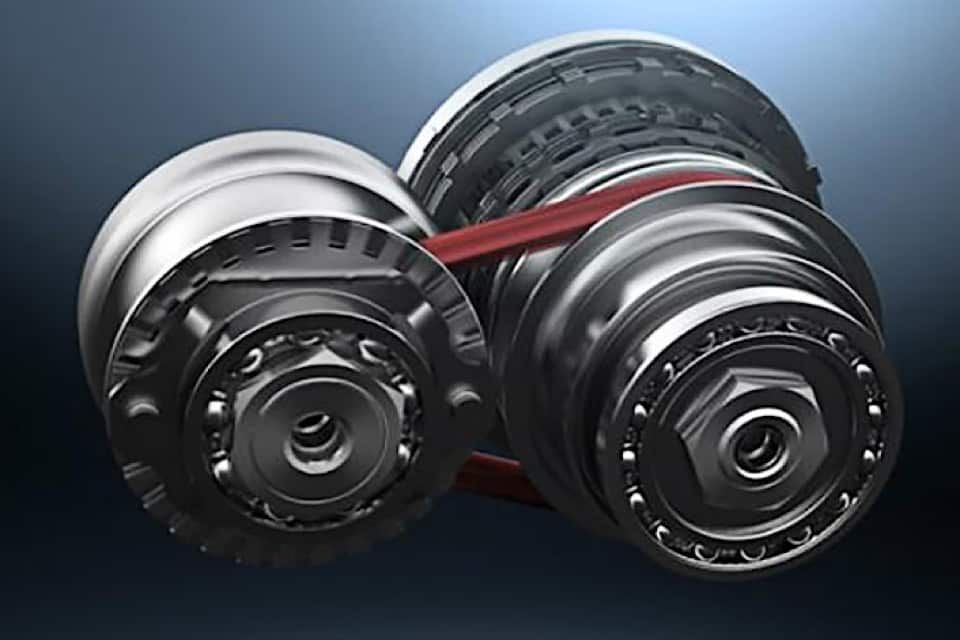
July 15, 2025
Why That Matters for Your Car At Superior Transmissions & Auto, we’re proud to say we’re the only shop in the area that rebuilds Continuously Variable Transmissions (CVTs) — and that’s not just a cool brag. It speaks volumes about our experience, our commitment to our craft, and the level of trust you can place in us when your vehicle needs serious work. What Even Is a CVT? A CVT (Continuously Variable Transmission) is not your average transmission. Unlike traditional automatic or manual transmissions, which have a fixed number of gears, a CVT doesn’t have gears at all. Instead, it uses a system of pulleys and a steel belt to provide a seamless range of gear ratios. This allows for smoother acceleration, improved fuel efficiency, and a more consistent driving experience. Sounds great, right? It is — until something goes wrong. Why Most Shops Don’t Touch CVTs Here’s the thing: CVTs are a completely different animal than standard automatics. Rebuilding one isn’t just a matter of replacing worn-out clutches or seals. You need specialized tools, diagnostic software, and, most importantly, in-depth knowledge of how each specific CVT design works — and they vary a lot between manufacturers like Nissan, Subaru, Honda, and Toyota. Most general repair shops — even ones that dabble in transmissions — will tell you flat-out: “We don’t rebuild CVTs.” Why? Complex internals: CVTs rely on precise hydraulic and electronic controls. One wrong move and it’s toast. Lack of training: Most techs aren’t trained in CVT rebuild procedures, especially since many manufacturers don’t even sell internal parts. Special equipment required: You can’t rebuild a CVT with just a socket set and a transmission jack. The tools alone are a barrier. OEM discouragement: A lot of manufacturers push for full replacement instead of repair — leading shops to avoid the risk and effort of a rebuild. Why Superior Can and Does Rebuild CVTs At Superior Transmissions & Auto, we lean into the challenge. We’ve invested in the training, equipment, and expertise to properly rebuild CVTs — and we’ve been doing it successfully. We don’t shy away from complexity — we thrive in it. When other shops say, “It can’t be rebuilt,” we say, “It just hasn’t been rebuilt here yet.” We’ve rebuilt CVTs that other shops wrote off as scrap. In fact, we’ve had customers towed to us after being told their only option was a brand new transmission or a used junkyard transmission — and we were able to save them thousands by rebuilding instead. Ultimately giving them back a better product. The Bottom Line: CVT Trouble? You Found the Right Shop If your car has a CVT and it’s slipping, shaking, or just not moving, you need someone who knows what they’re doing. We’re not just another shop that “does transmissions.” We are transmission specialists — and more importantly, we’re CVT specialists, which is something you won’t find anywhere else around here. We’re here to do the work that others won’t — and we do it right. Give us a call or schedule an appointment online. If it’s got a CVT, we’ve got you covered.
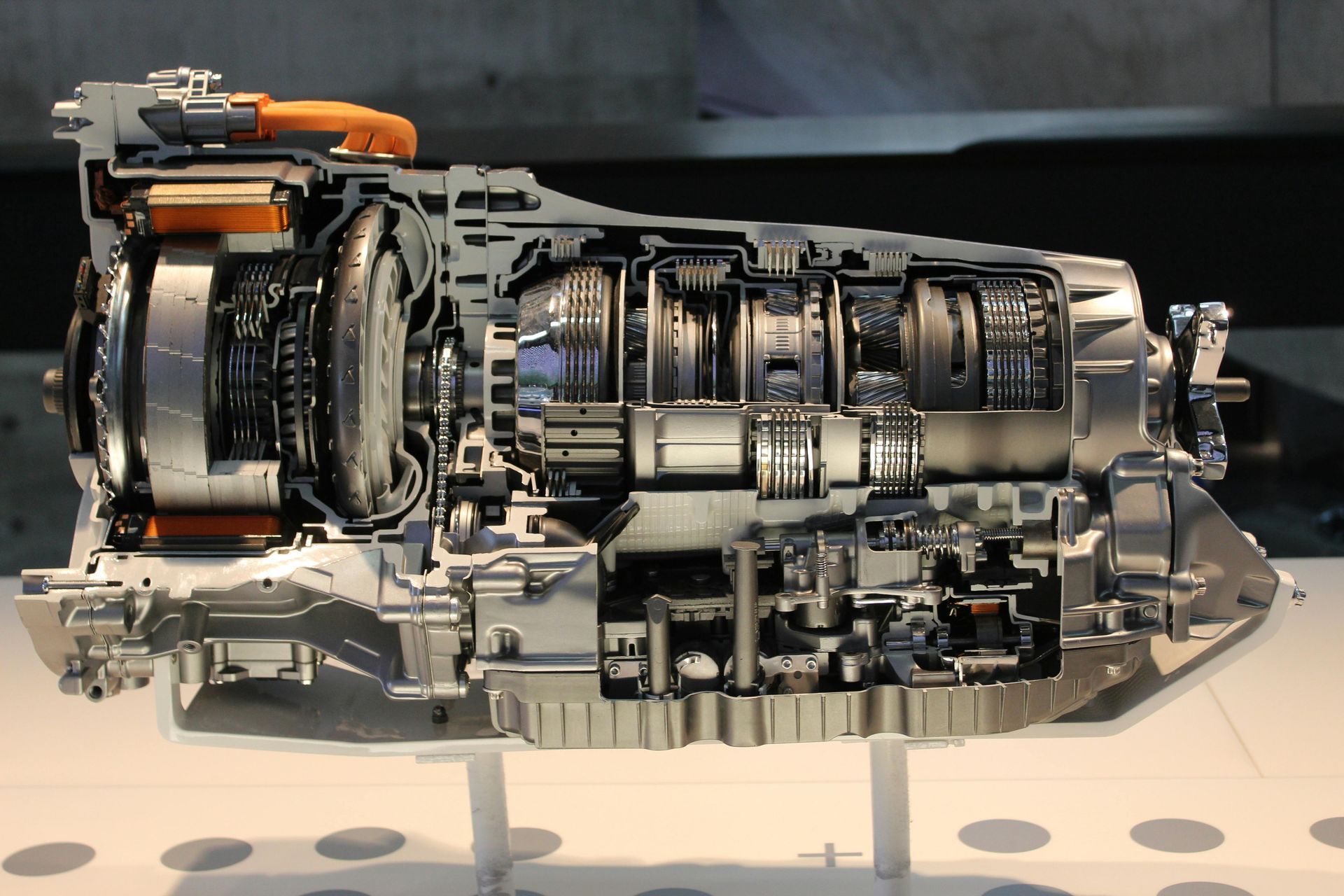
July 15, 2025
Why Experience, Accuracy, and Doing It Right the First Time Matters At Superior Transmissions & Auto, we rebuild transmissions with precision, patience, and pride. But let’s be honest — rebuilding a transmission isn’t just mechanical work. It’s detective work. Every transmission we pull apart tells a story, and it’s our job to read every clue, ask the right questions, and get to the bottom of what went wrong… especially when a vehicle comes to us after it’s already been through the hands of a general repair shop. The Truth About Rebuilding After a Misdiagnosis We recently had a Ford pickup truck dropped off that had supposedly been “fixed” by another shop. According to the customer, they were told all it needed was a solenoid in the valve body. Sounds simple enough, right? But when we removed the valve body to inspect the solenoid — the same one that had just been installed — we noticed something troubling right away. It was already very dirty. The truck hadn’t even been driven much since the “repair,” so what gives? Now the real work begins. Did they install a used solenoid? Is it the correct solenoid for this specific transmission? These trucks use multiple solenoids that all look almost identical — is the right solenoid installed in the wrong location? These are questions that don’t come with easy answers unless you’ve got the experience, technical knowledge, and patience to dig into the details. And here’s the real kicker — because we couldn’t verify that the solenoid was new, correct, or properly placed, it became a sunk cost. We couldn’t reuse it in good conscience, and the customer had to pay again to do it the right way. The Cost of Doing It Wrong… and Then Right This isn’t uncommon. General repair shops often mean well, but transmissions are in a class of their own. They’re intricate systems where one small mistake — like installing the wrong part or skipping proper diagnosis — can snowball into a costly rebuild. Every time we receive a transmission that’s already been “worked on,” it adds hours (or even days) to our process. We’re not just rebuilding anymore — we’re unraveling someone else’s incomplete or incorrect work before we can even begin to fix the original problem. That time and effort cost money. But more importantly, cutting corners just isn’t an option when the goal is a reliable, long-lasting repair. What You’re Really Paying For When you bring your vehicle to a true transmission shop like ours, you’re not just paying for parts. You’re paying for: Diagnostic experience built over decades Manufacturer-specific training and knowledge Access to up-to-date tools and technical data A meticulous rebuild process that doesn’t guess We’ve rebuilt hundreds of transmissions. We’ve seen every “mystery problem,” mismatched solenoid, and reused gasket you can imagine. That’s why when we rebuild a transmission, we do it from top to bottom, the right way — with fresh, verified parts and detailed attention to every component. Because the truth is, you don’t want to find yourself paying twice for the same job. You want it done right the first time — by someone who knows the difference between a worn clutch pack and a misdiagnosed valve body. In the End: Transmission Work Is an Investigation Just like a detective, we follow the clues, eliminate suspects, and find the real cause of the failure. And sometimes, solving the case means starting over from scratch because someone else tried to take a shortcut. We’re not the cheapest shop in town — and we’re proud of that. What we offer is confidence, peace of mind, and a transmission rebuilt to last. That Ford pickup may have had a rough start elsewhere, but it left our shop with a clean slate — and a fresh transmission built the right way. Need transmission work done right the first time? Make your appointment easily right on our website. Let’s solve the mystery together — and keep you on the road for the long haul.

